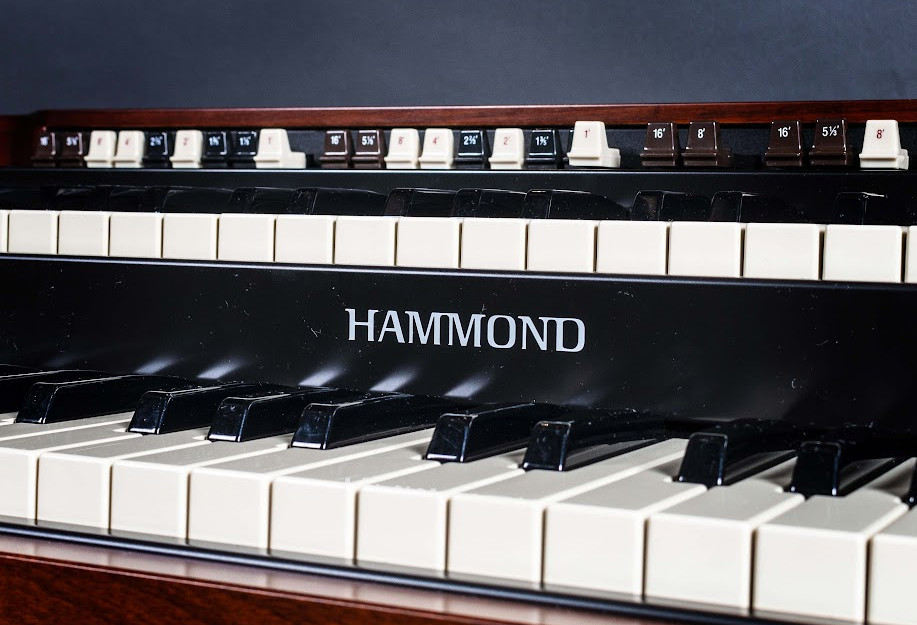Organ
1954-1974
Origin: Chicago, IL
When the Beatles were looking to broaden their sound, they invited Billy Preston to jam. “You’re giving us a lift, Bill,” John Lennon told him, and the outgoing and gregarious Preston would go on to support the band on the Get Back, Let It Be and Abbey Road sessions.
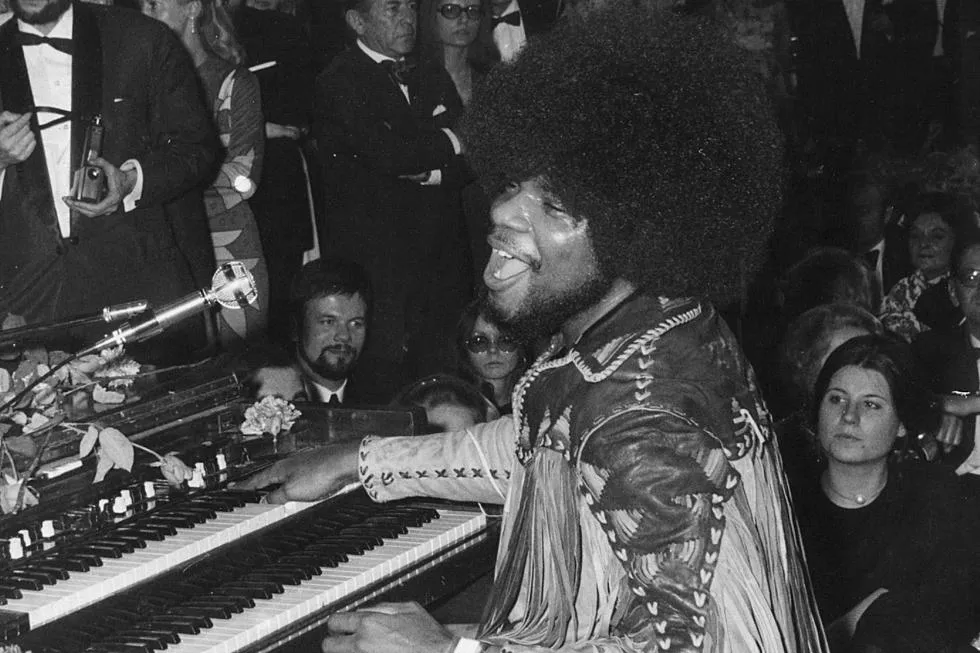
Preston’s main instrument for those Beatles recordings? The Hammond B-3 organ. Listen to the inspired organ break preceding George Harrison’s guitar solo in “Let It Be” to appreciate why the Fab Four were so smitten: the B-3 takes us all to church, regardless of our religion.
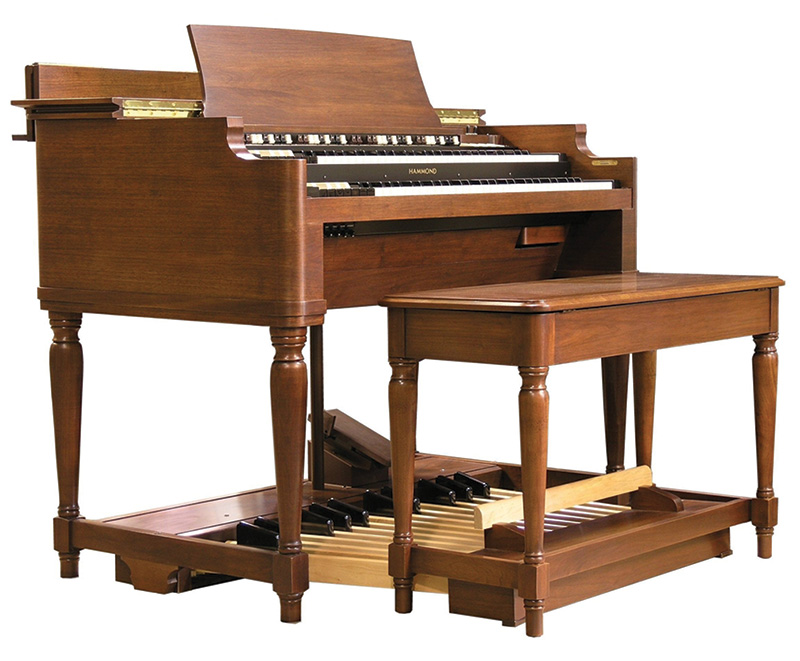
Fittingly, inventor Laurens Hammond marketed his first electric organ, the Model A, as a cheaper alternative to the piano and the pipe organ, an instrument common in churches of the early 20th century. Growing up, Hammond hadn’t displayed any discernible musical ability, but he did carry into adulthood fond memories of attending church services with his mother and hearing the pipe organ’s glorious sound.
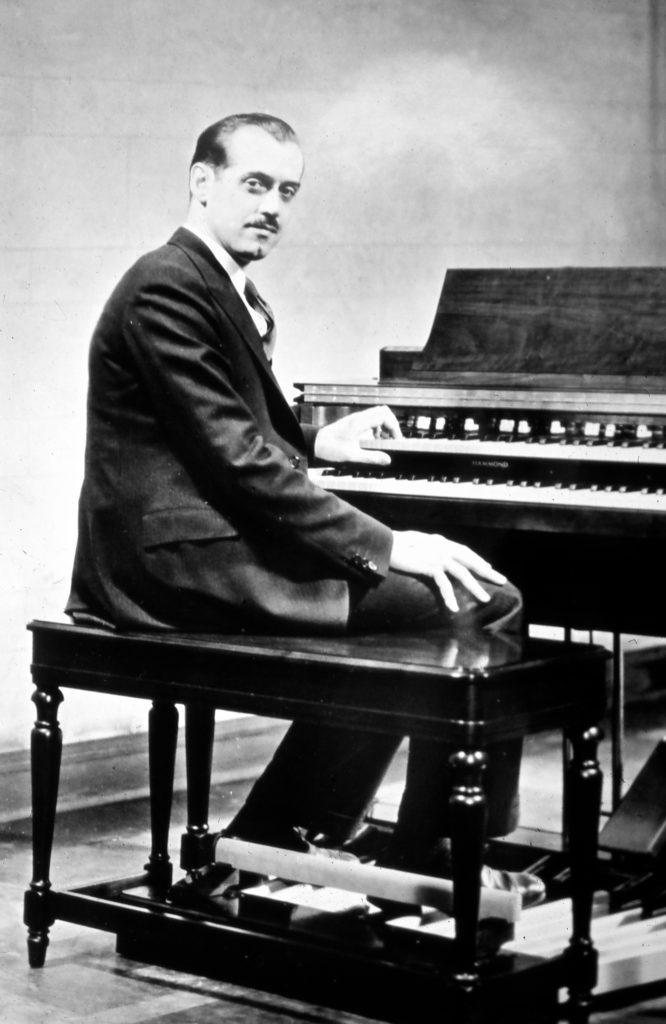
From a mechanical perspective, the Hammond organ was most directly inspired by the Telharmonium, patented by Thadeus Cahill in 1897 and considered the first electromechanical musical instrument. Instead of producing notes by the vibrations of a string, as with a piano, the Telharmonium instead generated electrical signals produced by a series of “tone wheels” –– essentially gears rotating in front of a magnet and electronic coil, similar to an electric guitar pickup. But the Telharmonium was immense, weighing 200 tons and filling 30 boxcars when Cahill shipped the instrument to New York City, where it occupied an entire floor of Telharmonic Hall, constructed in 1906 at the northeast corner of West 39th St. and Broadway.
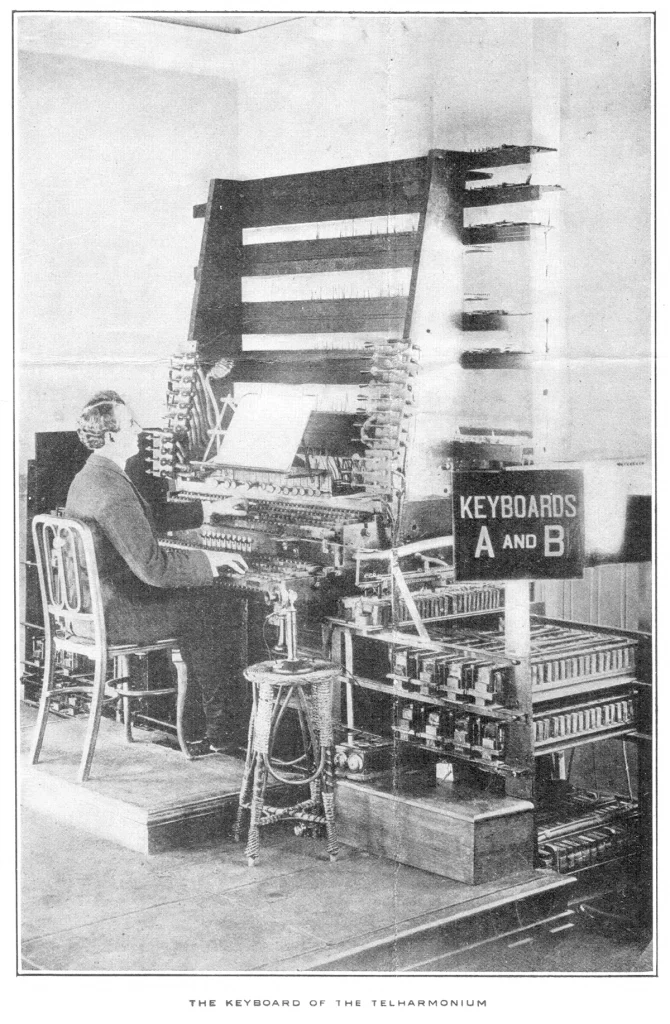
Hammond was working as a clockmaker when in 1933 he realized he could power tone wheels using the much smaller motors produced for commercial timepieces, and he soon invented an electric flute as a children’s toy. Then, his “eureka” moment: combining a series of those flutes to create a full organ. In January of 1934, Hammond filed for a patent, and the Model A was introduced the following year.
Hammond’s factory was located on the west side of Chicago, and his organ soon became an integral part of the city’s religious life and culture, especially via the gospel music played at Black churches. Rev. Clarence Cobbs, a Chicago pastor well known for his flamboyance, replaced the piano at his First Church of Deliverance with a Model A; Cobbs was the first African-American clergyman to headline his own radio show, and the Hammond was front and center during his broadcasts. Audiences took to the new instrument almost immediately, and as word spread to other parishes, the Model A attracted the attention of musicians like organist Wild Bill Davis, who extended the Hammond sound to jazz, the popular music of the time.
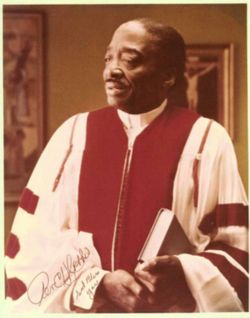
Davis’ acolytes included organist Jimmy Smith, who emerged in 1956 to become one of the most successful jazz artists of his generation. The Hammond B-3 model, introduced two years earlier, was Smith’s instrument of choice: its signature innovation, “harmonic percussion,” served to add percussive clicks to each note, one of the instrument’s hallmarks moving forward.
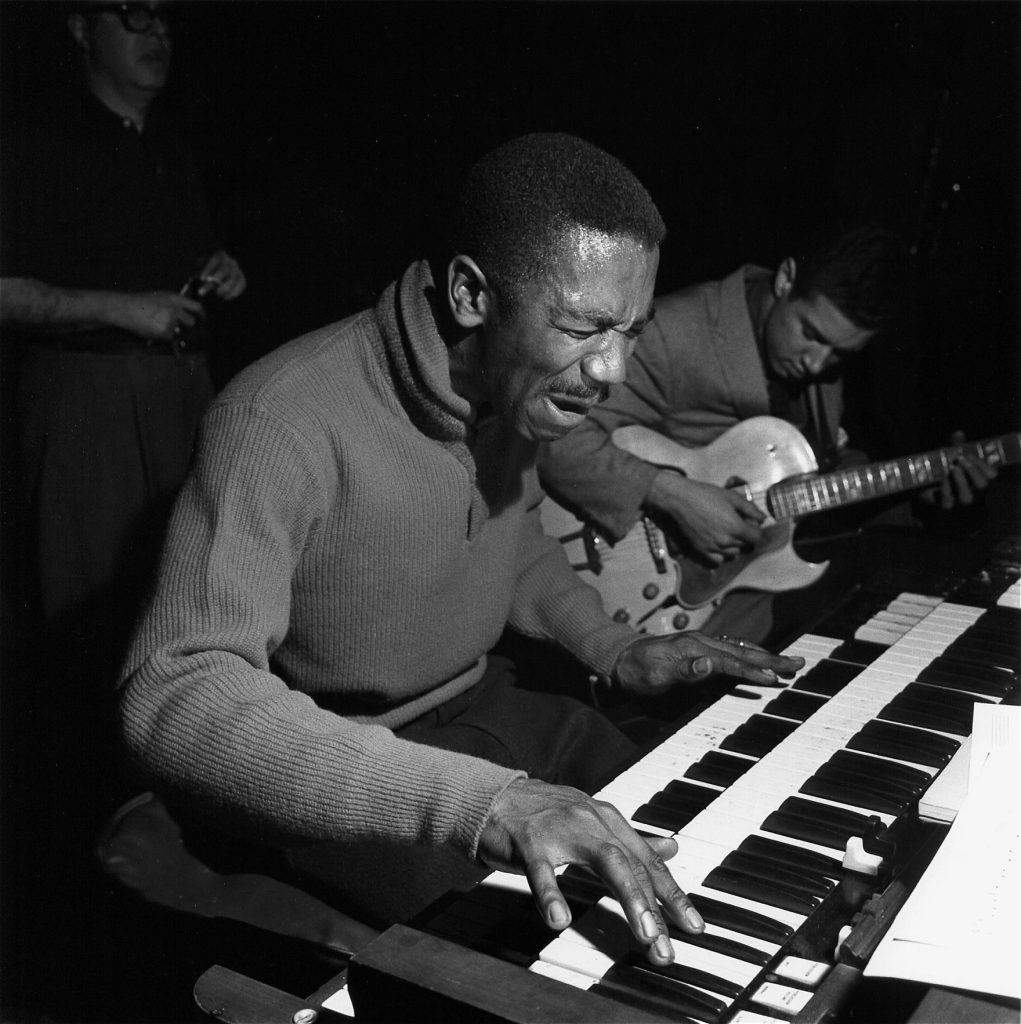
Much like the pipe organs that were Laurens Hammond’s original inspiration, the B-3 contains a 25-key pedalboard at its base. These pedals, laid out exactly like the keys on a piano, enabled fleet-footed organists like Smith to play the low bass notes themselves, contributing to the rise of jazz and soul trios composed of organ, guitar and drums — no bassist necessary. Many B-3 players paired the instrument with a Leslie loudspeaker, named for inventor Donald J. Leslie. The Leslie, much like the B-3 itself, is large and cumbersome, yet well worth the labor required to transport it: its cabinet includes speakers that rotate at various speeds, creating a pitch-shifting effect that inspired guitarists including Jimi Hendrix to embrace Leslie cabinets for their own purposes.
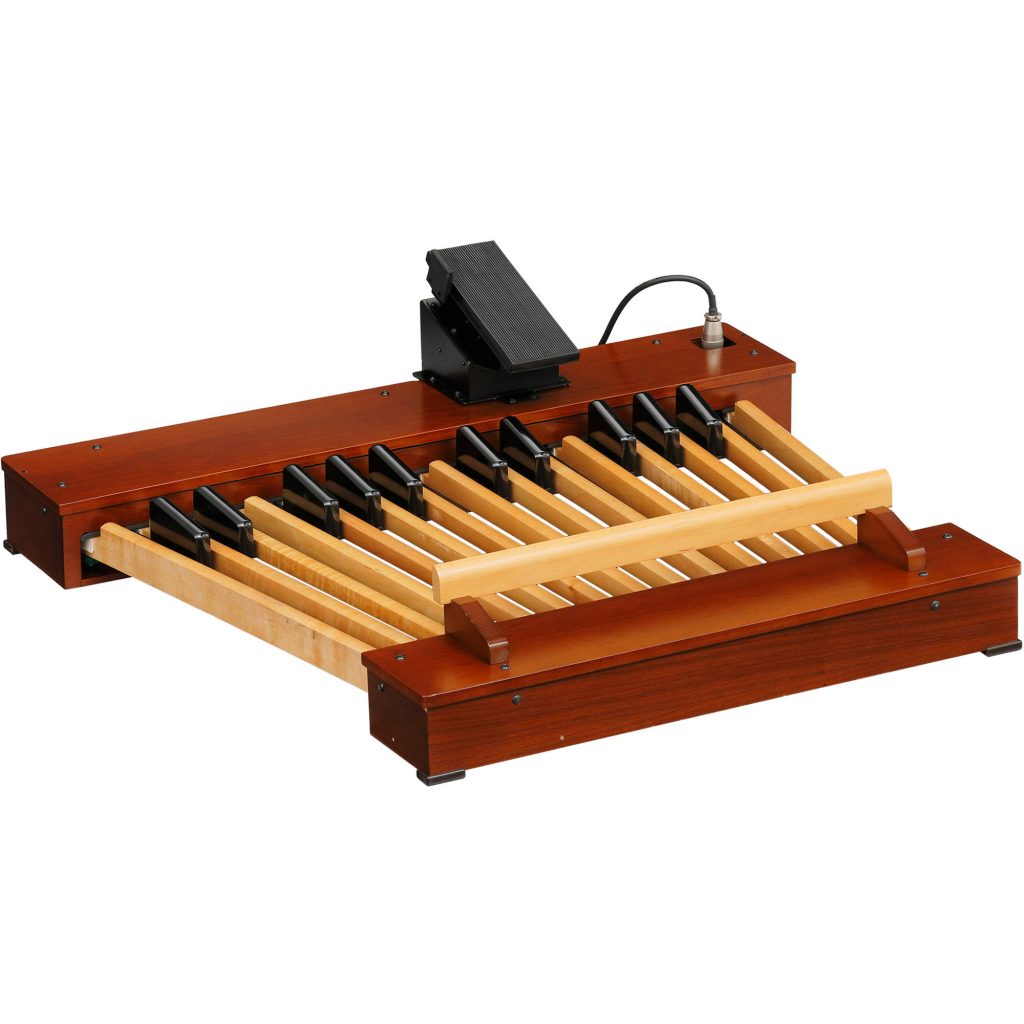
The chart success of Jimmy Smith albums like 1961’s Home Cookin’ and 1963’s Back at the Chicken Shack helped to popularize the emerging genre called “soul jazz” (an amalgam of Black popular music like gospel, blues and R&B) and paved the way for the B-3 to play a role on Sixties soul hits like Booker T. and the M.G.’s “Green Onions” and Marvin Gaye’s rendition of “I Heard it Through the Grapevine.” The B-3 would go on to appear on numerous Seventies pop and rock classics such as Lynyrd Skynyrd’s “Free Bird,” Grand Funk Railroad’s “We’re an American Band” and the Steve Miller Band’s “Fly Like an Eagle,” and continued to turn up on subsequent hits like the J. Geils Band’s “Centerfold” (1981) and the Wallflowers’ “One Headlight” (1996). But while it remains a staple of jazz trios, the Hammond sound is now mostly a foundational element in rock and pop recordings, still adding character and fullness but in a less conspicuous way than in decades past.
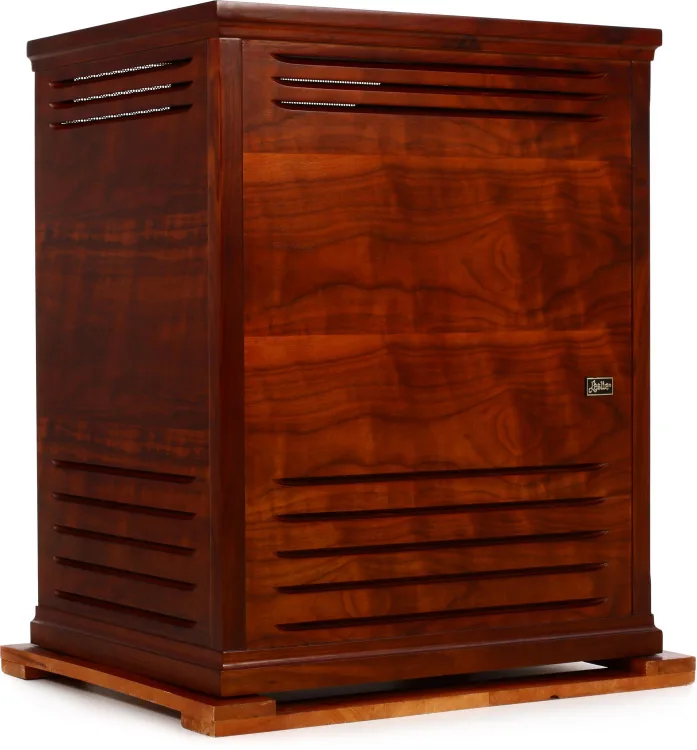
Laurens Hammond died in 1973 at the age of 78, and after his company went out of business in 1985, the Hammond brand ping-ponged between various owners until 1989, when it was bought by the Suzuki Musical Instrument Corporation. Numerous smaller iterations and digital versions have been released with varying success, but the classic sound of the B-3 remains the gold standard.
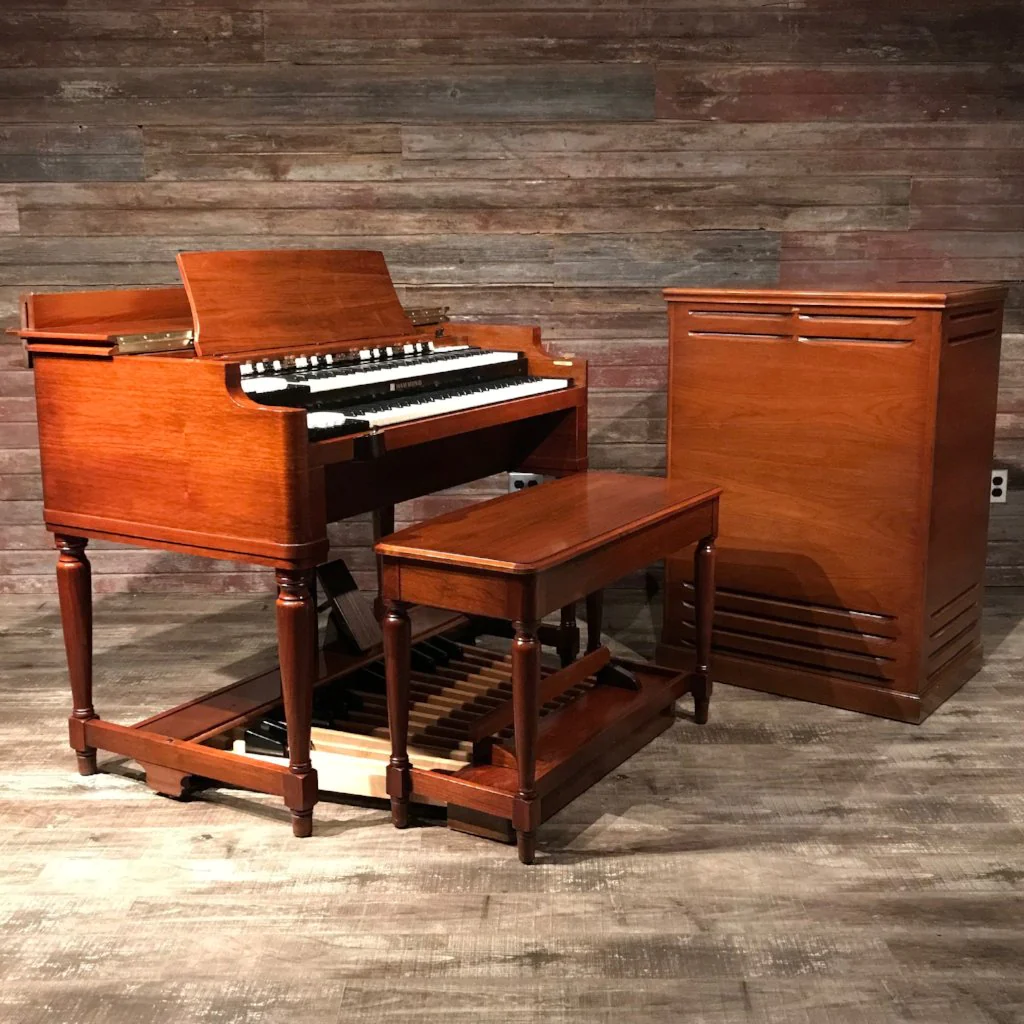
Below are a selection of songs in KORD that feature the Hammond B-3 Organ:
- Centerfold
- Free Bird
- /songs/20352P44a403J47
- I Heard It Through the Grapevine
- Is This Love
- Jessica
- Keep On Truckin'
- One Headlight
- Ramblin' Man
- Reach Out I'll Be There
- Scars to Your Beautiful (Live)
- Shotgun
- Statesboro Blues
- The Impression That I Get
- We're an American Band
- Take Me In Your Arms (Rock Me A Little While)
- Kinky Reggae

